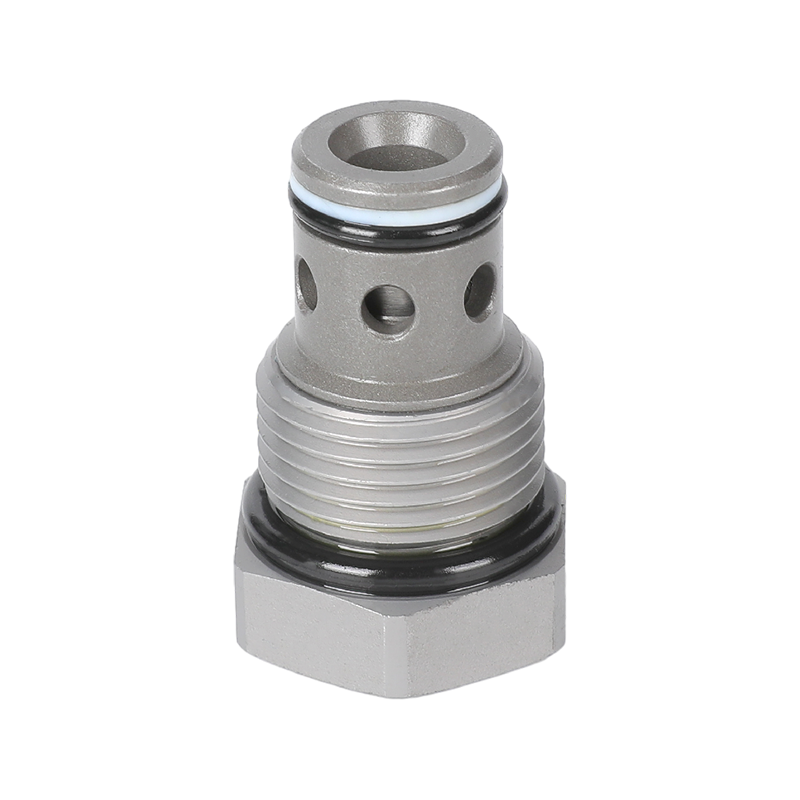In the field of industrial automation, Solenoid Valve is the core component for controlling fluid flow, and its stable operation is essential to the entire production process. In order to ensure that the solenoid valve can work safely and reliably under various complex working conditions, the electrical protection mechanism has become an indispensable part.
1. Electrical overload is one of the common faults in the operation of the solenoid valve, which may be caused by excessive power supply voltage, excessive load or unreasonable circuit design. In order to prevent equipment damage or even safety accidents such as fire caused by electrical overload, the solenoid valve is usually equipped with an overload protector. When the current exceeds the set value, the overload protector will quickly cut off the power supply, thereby preventing the electrical components from overloading for a long time. This instant response protection mechanism effectively reduces the equipment failure rate and safety risks.
2. The fluctuation of the power supply voltage is also an important factor affecting the normal operation of the solenoid valve. Excessive voltage may damage the solenoid coil, while too low voltage may cause the solenoid valve to fail to open or close normally. For this reason, the solenoid valve usually integrates overvoltage and undervoltage protection circuits. When the power supply voltage exceeds the set range, the protection circuit will immediately act to cut off or adjust the power input to ensure that the solenoid valve works within a safe voltage range. This protection mechanism improves the adaptability and stability of the solenoid valve and extends its service life.
3. Short circuit and open circuit are common fault phenomena in electrical systems. When a short circuit occurs, the current will increase sharply, which may cause serious consequences such as fire; while an open circuit will cause the equipment to fail to work properly. The electrical protection mechanism of the solenoid valve usually includes short circuit protection and open circuit protection. Short circuit protection prevents damage caused by excessive current by quickly cutting off the power supply; open circuit protection ensures the continuous operation of the equipment by detecting the circuit status and taking corresponding remedial measures (such as automatic restart or alarm).
4. In a complex electromagnetic environment, the solenoid valve may be affected by external electromagnetic interference, resulting in distortion or malfunction of the control signal. To solve this problem, the solenoid valve usually adopts electromagnetic shielding and filtering technology. Electromagnetic shielding isolates the electromagnetic interference source from sensitive components through structures such as metal shells; filtering technology filters out high-frequency noise and interference signals in the circuit through components such as capacitors and inductors. These measures improve the anti-interference ability of the solenoid valve and ensure the accuracy and stability of the control signal.
5. With the advancement of Industry 4.0, more and more solenoid valves are beginning to integrate intelligent monitoring and fault diagnosis functions. These functions can monitor the electrical parameters of the solenoid valve in real time and predict potential faults through data analysis. Once an abnormality is detected, the system will immediately issue an alarm and initiate corresponding protection measures. This intelligent electrical protection mechanism not only improves the safety and reliability of the solenoid valve, but also reduces maintenance costs and downtime.

 English
English русский
русский
 ++86-0575-87669088
++86-0575-87669088


